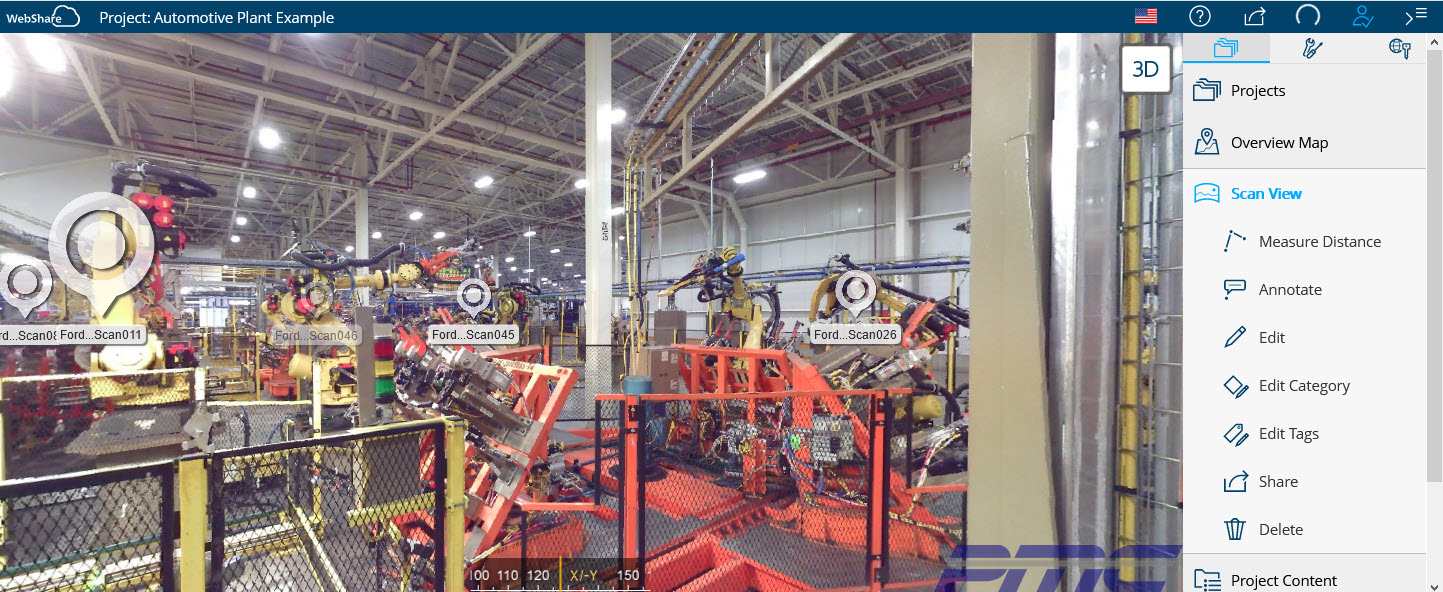3D Laser Scanning in Plant Design
As 3D laser scanning has improved in speed and quality, the return on investment to laser scan Manufacturing and Industrial Plants has become so high that it is now almost standard practice to start new projects with scanning. Scanning combined with three-dimensional digital twin modeling is a powerful tool for reducing both construction and operational costs.
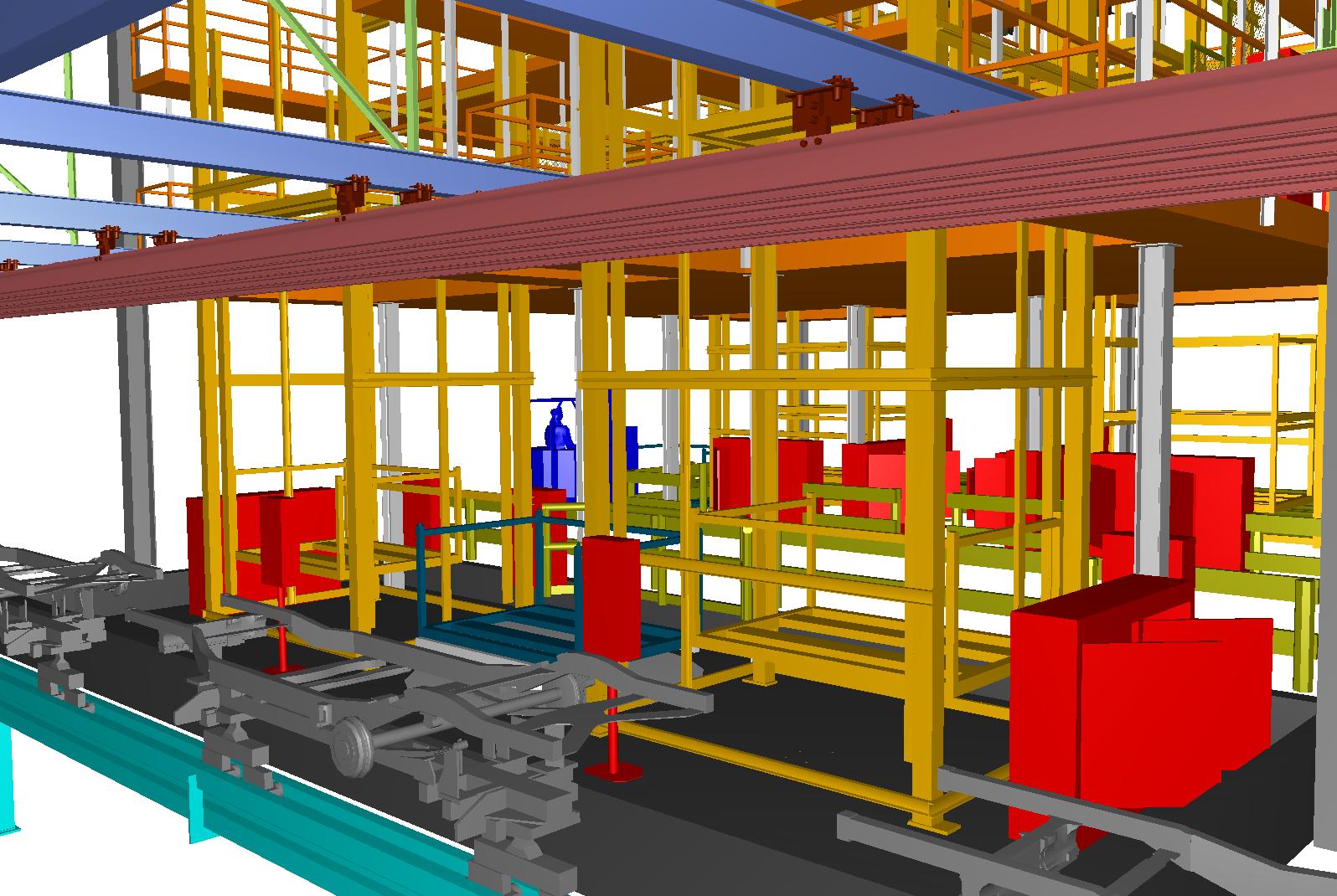
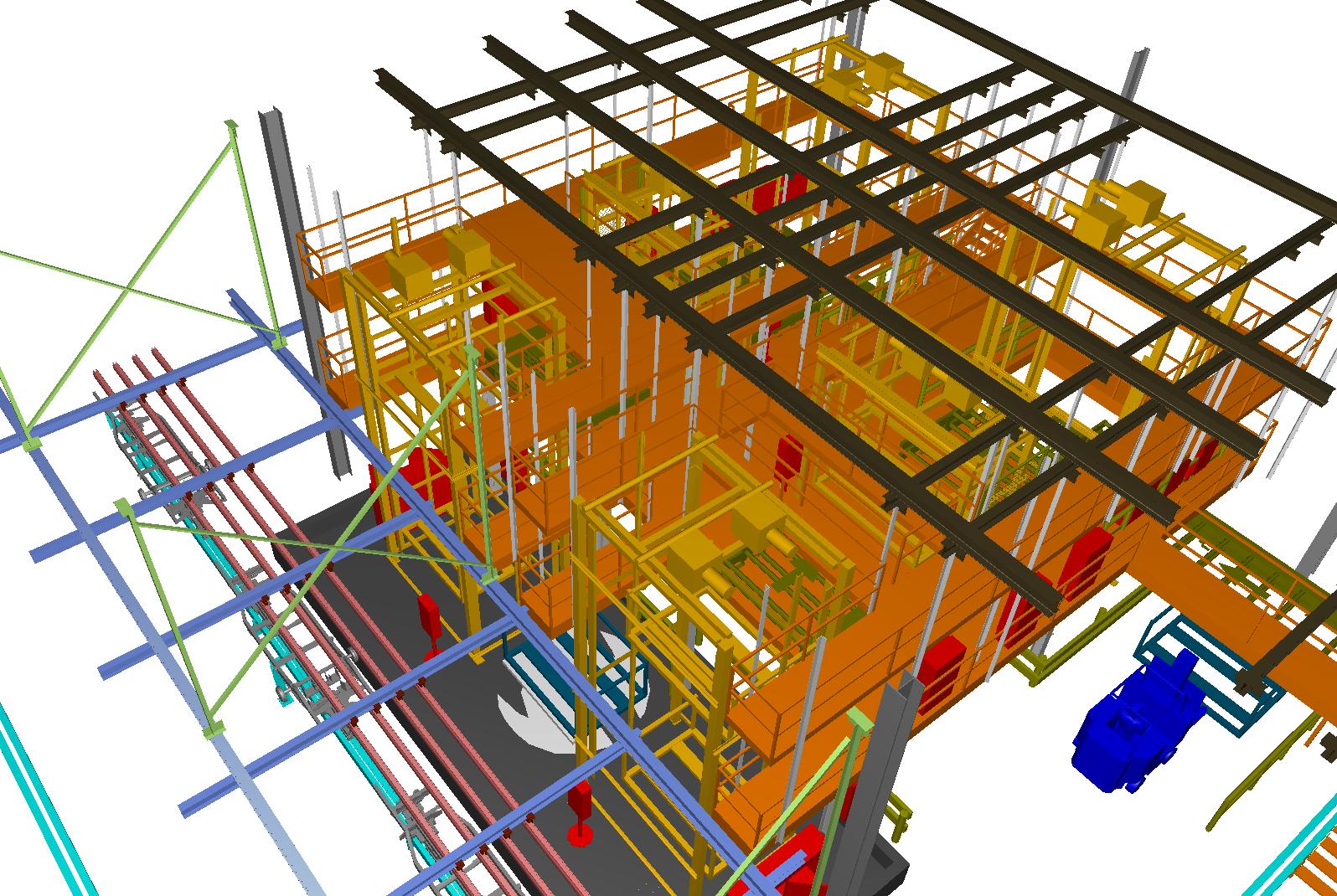
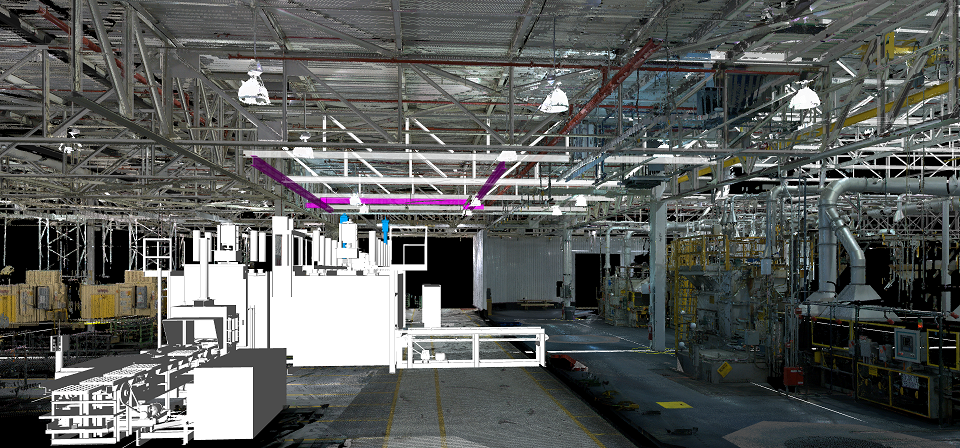
Large Scope Areas
With modern laser scanning equipment, anyone can scan small areas with just a few hours of training. Scanning large areas is a very different story. Manufacturing and Industrial Plants are often measured in hundreds of thousands if not millions of square feet, and they require a very different approach to scanning. Attempting mega-project scanning without specialized knowledge will yield very poor results and failed projects.
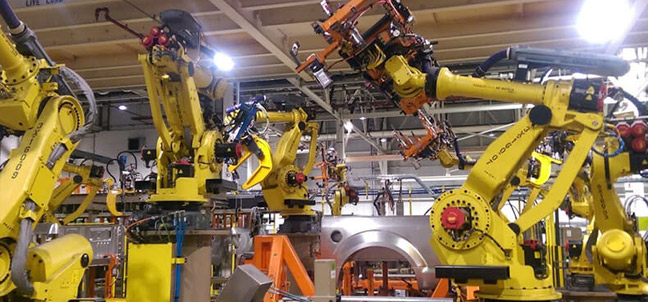
Schedules can be a challenge
With many plants running 24 hours per day, finding times to scan can be a challenge. Areas requiring lock-outs, for example, can only be scanned during downtimes. Developing a schedule that gets the job done is often complex and requires some creative solutions.
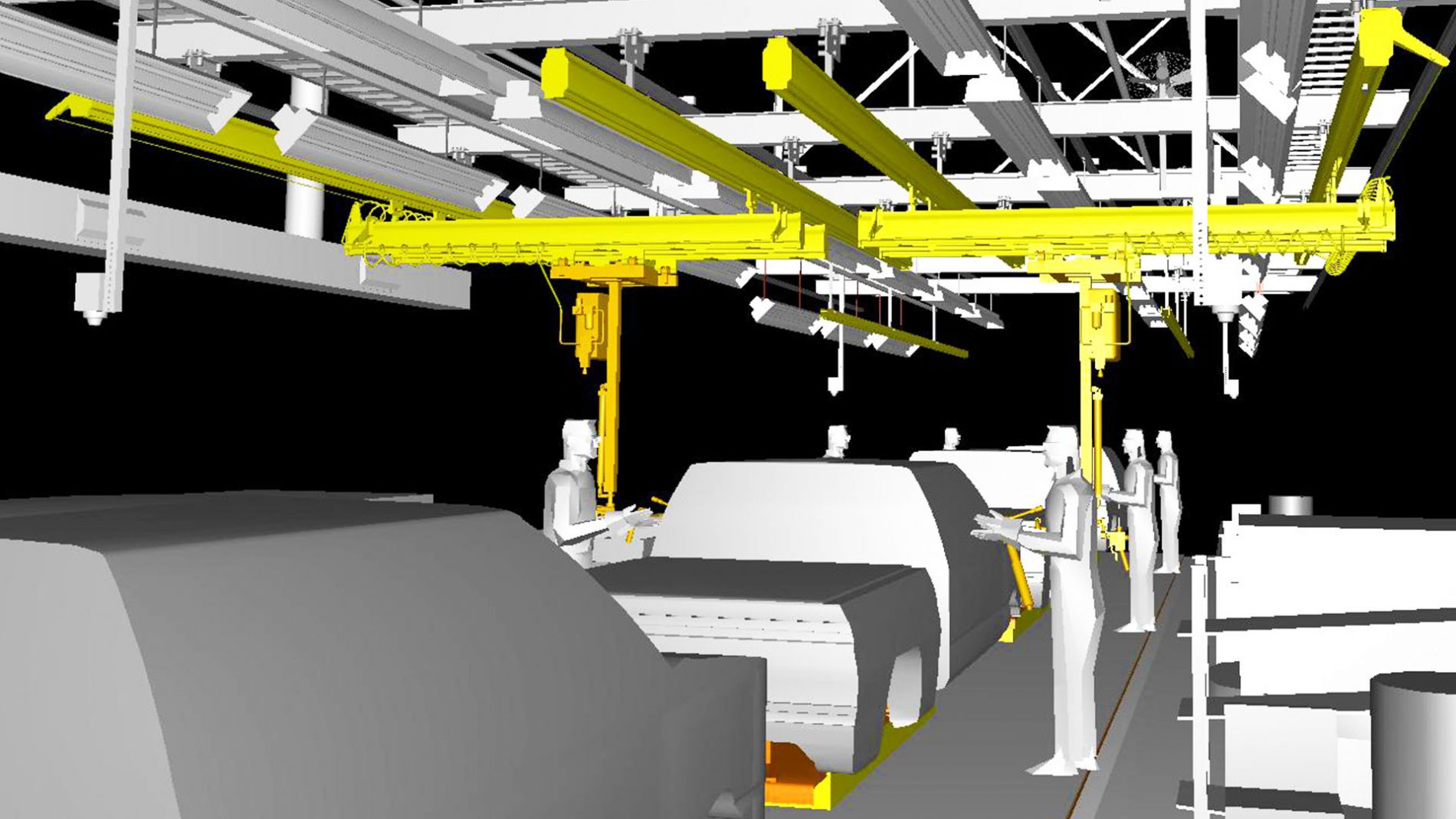
Safety must be a priority
Manufacturing and Industrial Plants are no place for the inexperienced. Anyone doing work in plants should have a fully documented Safety Policy and training program focused on the industrial space.

Rapid Change
With the steady progress towards Industry 4.0, the rate of change in manufacturing and industrial plants can prove a significant challenge. PMC has innovative solutions for data management that make scanning feasible in even the fastest-changing environments.
History of Manufacturing and Industrial Plant Scanning
In the year 2001, PMC began Manufacturing and Industrial Plant scanning projects. Since then, we have gone on to scan hundreds of millions of square feet. Without question, PMC is the industry leader in Manufacturing and Industrial Plant scanning. This experience gives us a distinct advantage in complex projects. No matter what you manufacture, we’ve likely worked in a similar environment and we know how to make the project go smoothly.
In the earliest days of scanning, it was a challenge to capture 1,000 square feet of data in a day. Using the latest in scanning technology, we are now able to complete 1,000,000 square feet or more in a week. PMC is one of the few firms on earth that can tackle the largest scanning projects around. Whether you have 1 or 10,000 sites , we can capture, model, and manage your library of digital twins.
In the video below, you can see one of the earliest factory models that PMC developed using laser scanning. It was captured and modeled almost 20 years ago. To go deeper into the history of laser scanning, take a look at the webinar PMC presented on this topic.
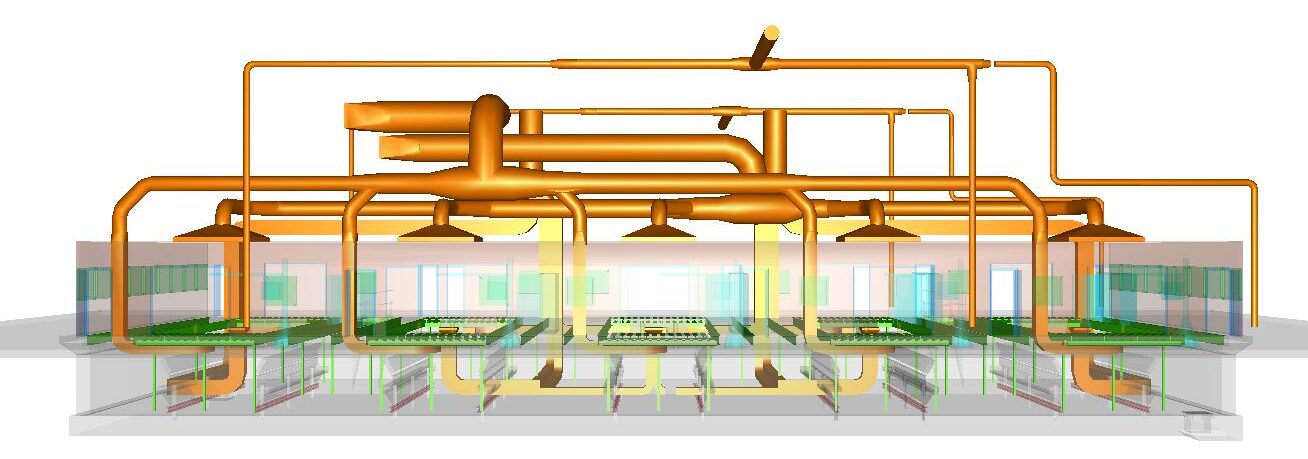
How a 3D Laser Scanner Works
Modern laser scanners use quickly rotating mirrors to project a laser onto the surface of objects that are within the sampling range of the scanner. Once the light reflects back, the phase shift is calculated by the scanner and the exact distance of the measured point is recorded relative to the scanner. The scanning technician moves the scanner to multiple positions and collects data from each in order to capture the entire scope area.
Individual scans typically need to be combined into full point clouds. A point cloud may contain any number of individual scans. Some larger projects can produce point clouds of thousands of individual scans. These registered point clouds are referenced into various CAD, BIM, and coordination software to develop models or reports.
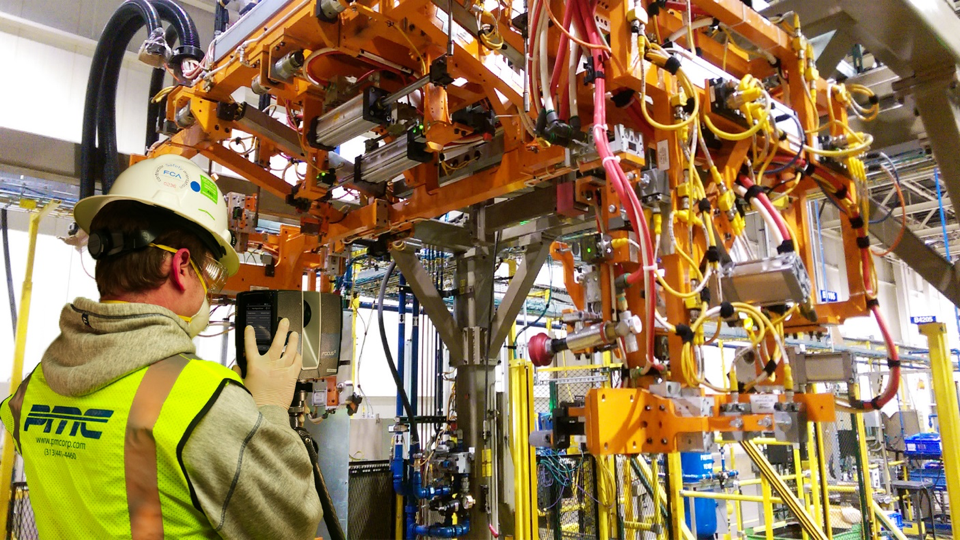
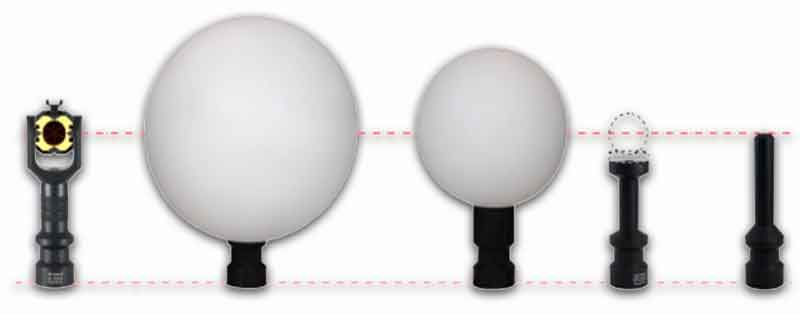

Targets and Secondary Control
When connecting individual scans into a single point cloud, a step called registration must be completed. There are several methods for the registration process. On smaller projects, a registration process known as cloud-to-cloud can produce acceptable results, but the error inherent in the cloud-to-cloud process quickly becomes unmanageable at a larger scale.
The solution to the cumulative error issue starts with the use of artificial targets. Targets are temporary objects, typically 6” diameter spheres, that are added into the environment by the scanning technician. These are moved throughout the space as the scanner progresses. These targets provide very accurate tie-in points when registering the data.
Although the use of targets allows for more accurate scan-to-scan connections to be realized, even they have their limit on project size. The largest of projects will need what’s known as a secondary control to achieve acceptable quality. Secondary control uses a Total Station to record points over great distances, which permits the overall error to be reduced. The gold standard of secondary control is the ATS system.
Scanning Outputs
Once scanning and registration are complete, you have many options in outputs. Knowing the best outputs and how to use them will be critical to the success of your project.
360° photos and Web-accessible data
The highest level output is ultra-high resolution 360° photos. These allow for remote teams to conduct high-fidelity virtual walkthroughs of the site. Because this data is coming from laser scanners, it is measurable and accurate. Using just a web browser, you can navigate your site, take dimensions, share notes, and more. All PMC projects include 12 months of data hosting at no additional charge.
CAD ready exports
Whether you use Autodesk, Siemens, Bentley, or almost any other design software, you can import the actual laser scan data into the tool. With properly structured data, you can easily see your new design in full context.

Simulation
Many modern simulation programs, including tools from Siemens such as Plant Simulation and Process Simulate, support the use of point clouds through the POD plug-in module.
Our Experience
PMC has completed hundreds of projects in laser scanning of Manufacturing and Industrial Plant spaces. We have successfully completed projects for a wide range of markets and supported several of our clients on a strategic corporate-wide scanning partner.
Beyond Scanning
PMC is a full-service industrial engineering firm with over 40 years of building highly functional digital twins. From simulation models, ergonomics, material flow, time-study, and much more. We can do not only scan and build your digital twin, we can help you leverage it to produce real change.
Our experience includes:
| Automotive Manufacturing | Power Distribution Facilities |
| Appliance Manufacturing | Steel Mills |
| Food and Beverage Production | Steam Plants |
| Chemical Plants | Appliance Manufacturing |
| Oil and Gas | Manufacturing Equipment Manufactures |
| Pharmaceutical Production | Paper Mills |
| Building Materials Manufacturing | |
| Power Production Facilities |
Our Reach
Every year PMC does work all across the United States and around the globe. We have strategically built a team that can support laser scanning in the countries where Manufacturing and Industrial Plants operate most. We have local scanning teams in the United States (multiple locations), Mexico, India as well as strategic partnerships in China and northern Europe. In addition, PMC has worked in dozens of other countries and does up to 1,000 projects a year.
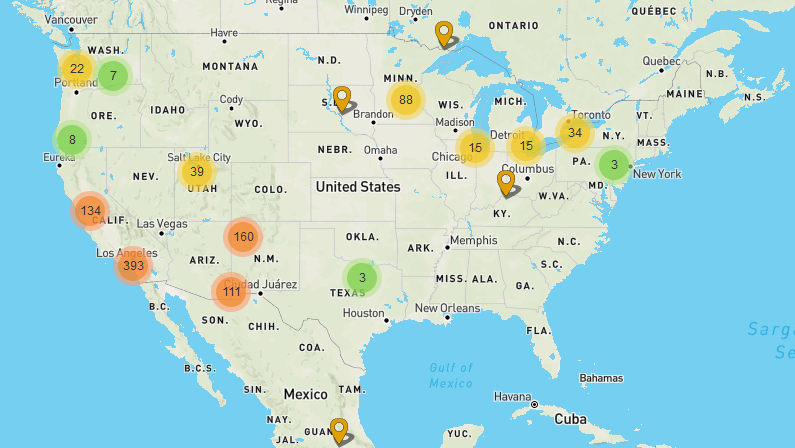
Frequently Asked Quesions
PMC has laser scanning experience on projects of all sizes and budgets. To learn more about how we can help your business, check out our Laser Scanning FAQ Page.
Contact Us
Please write your questions in the following form and we will get to you as soon as possible. We look forward to helping you achieve your goals.

